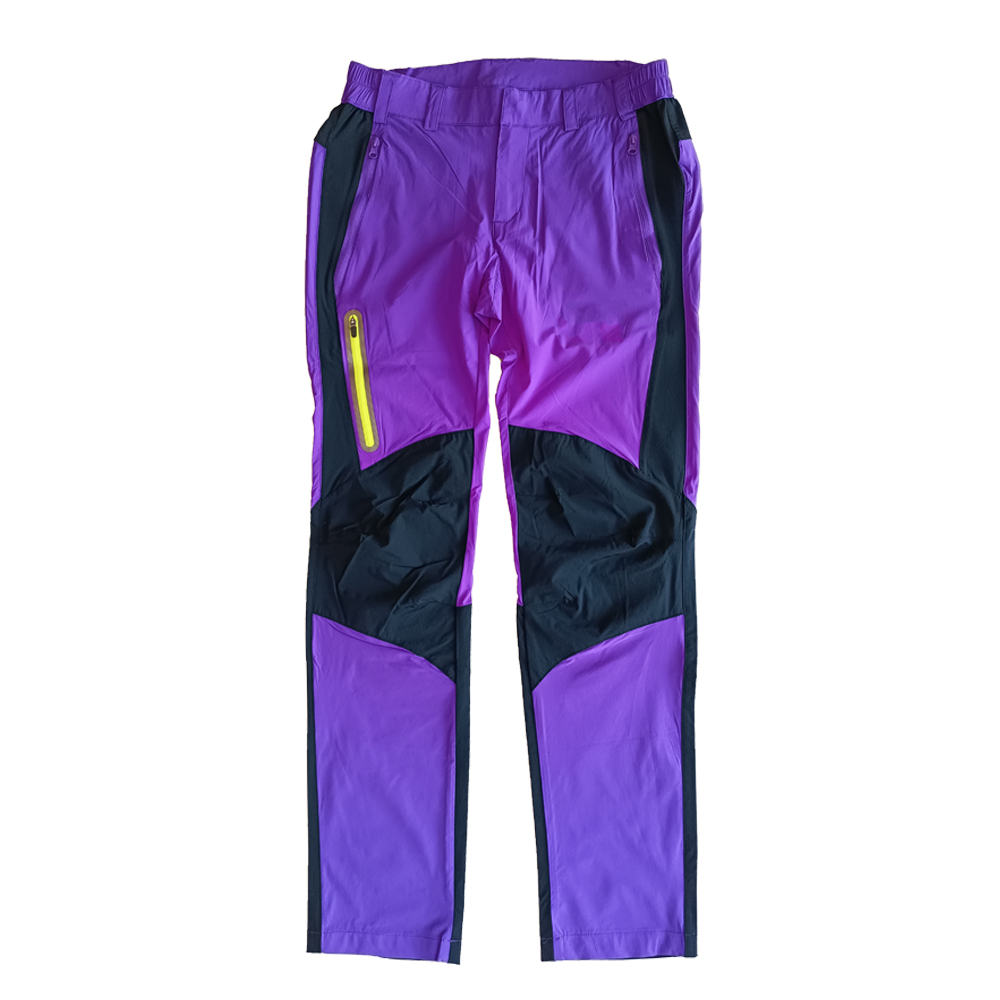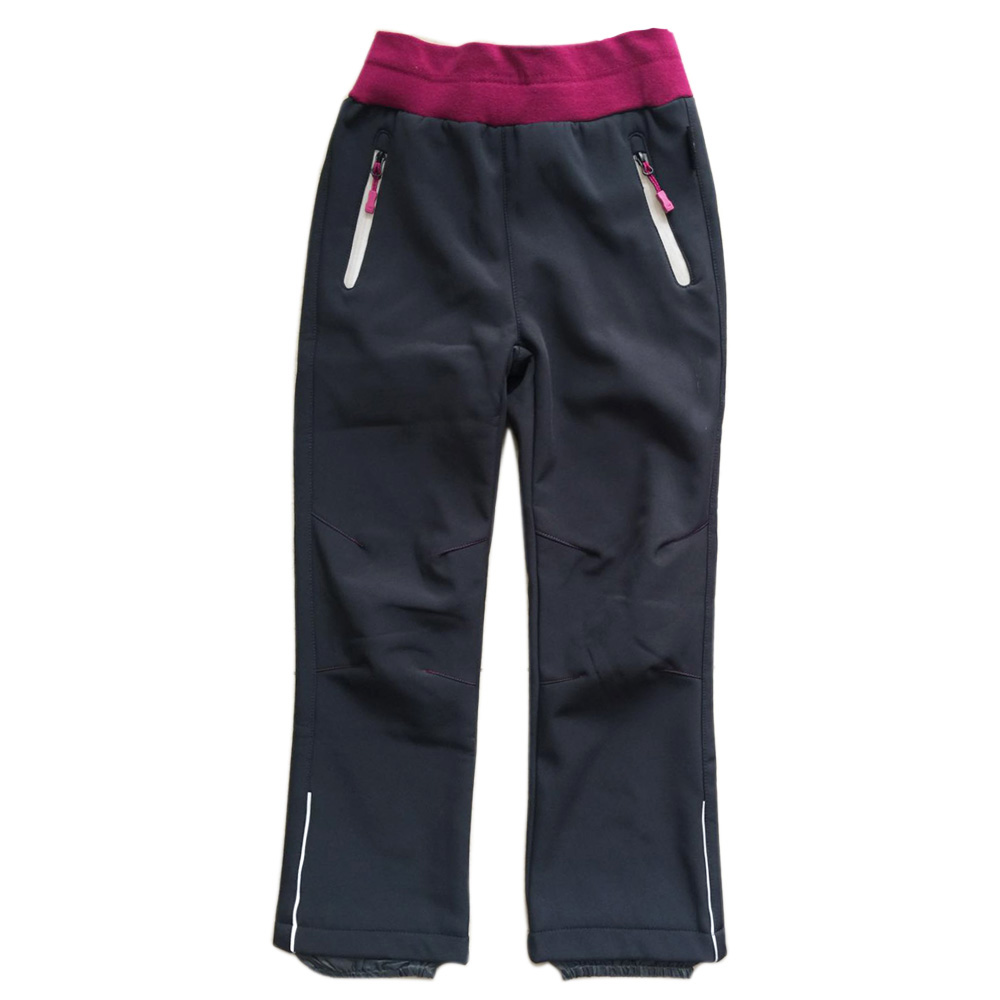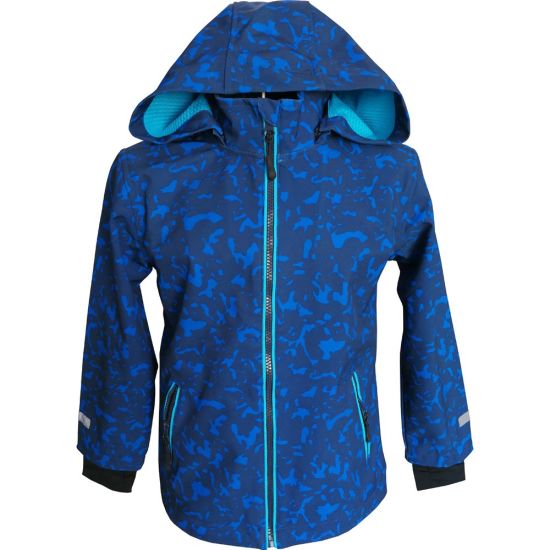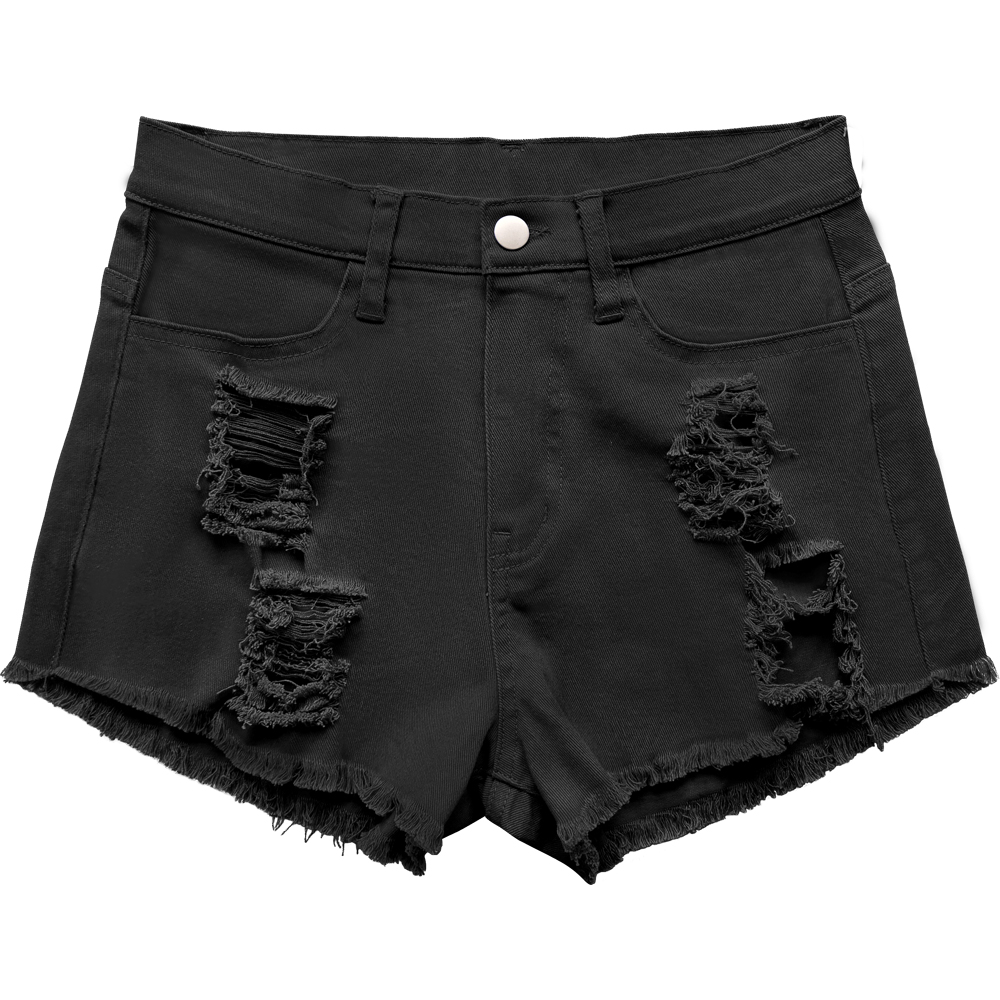Infected animals typically present with a range of symptoms, including fever, swelling of lymph nodes, and the characteristic lumps or nodules across the skin. These lesions can vary in size and may be seen on various body parts, including the ears, neck, and legs. Additionally, affected animals may show signs of depression, reduced feed intake, and decreased milk production. Diagnosis is primarily based on clinical signs, but laboratory tests such as PCR (Polymerase Chain Reaction) can confirm the presence of the virus.






